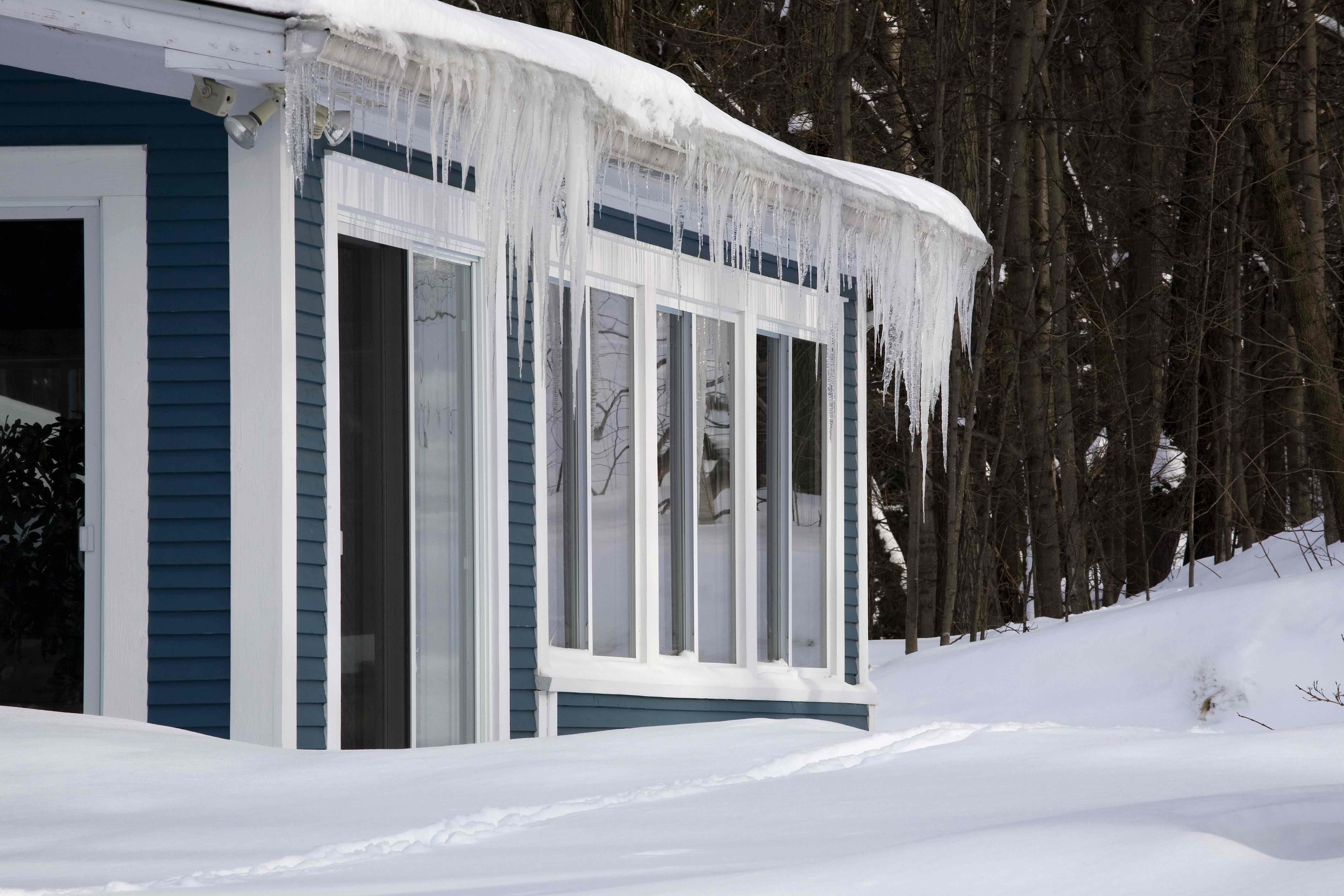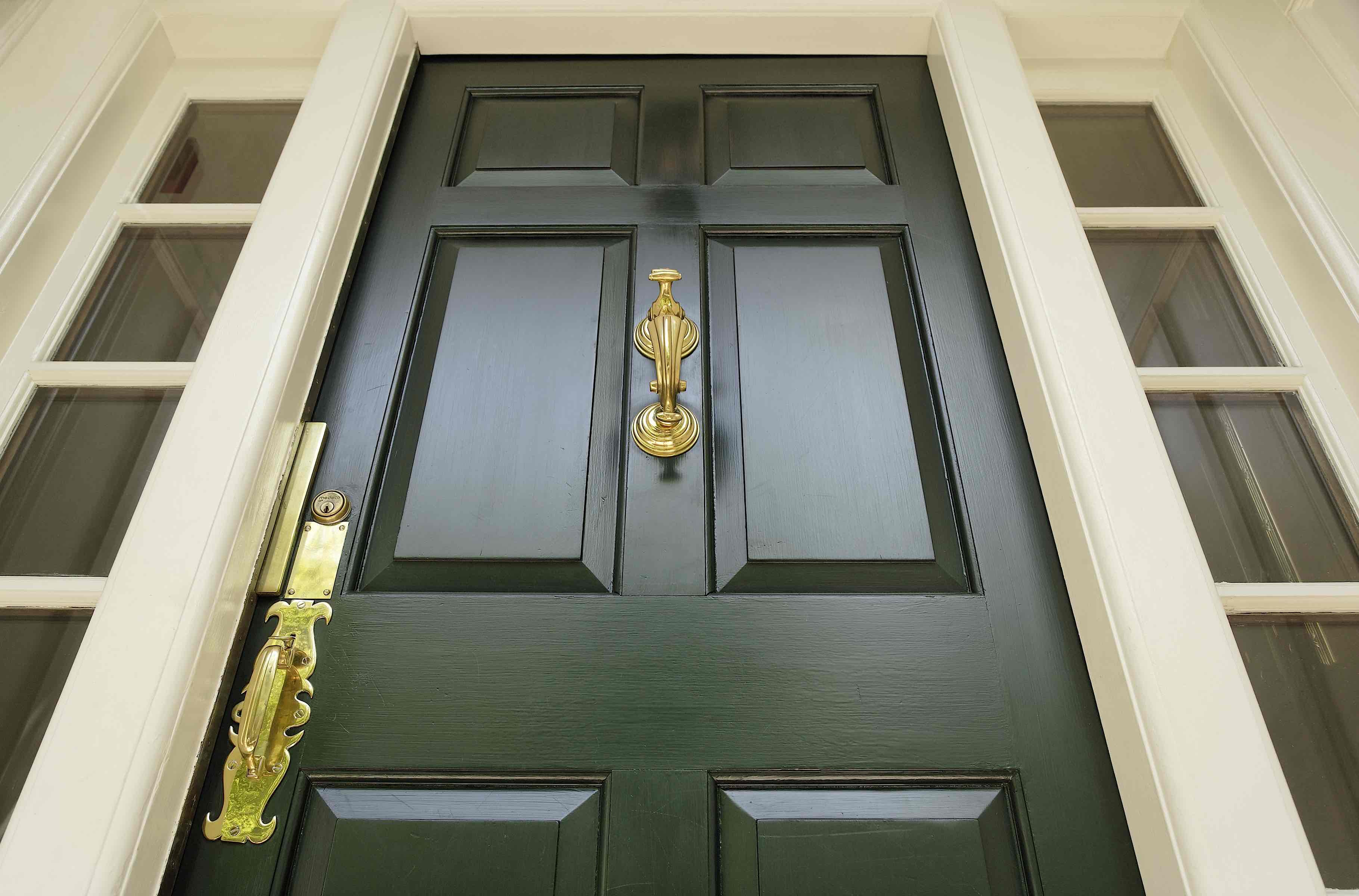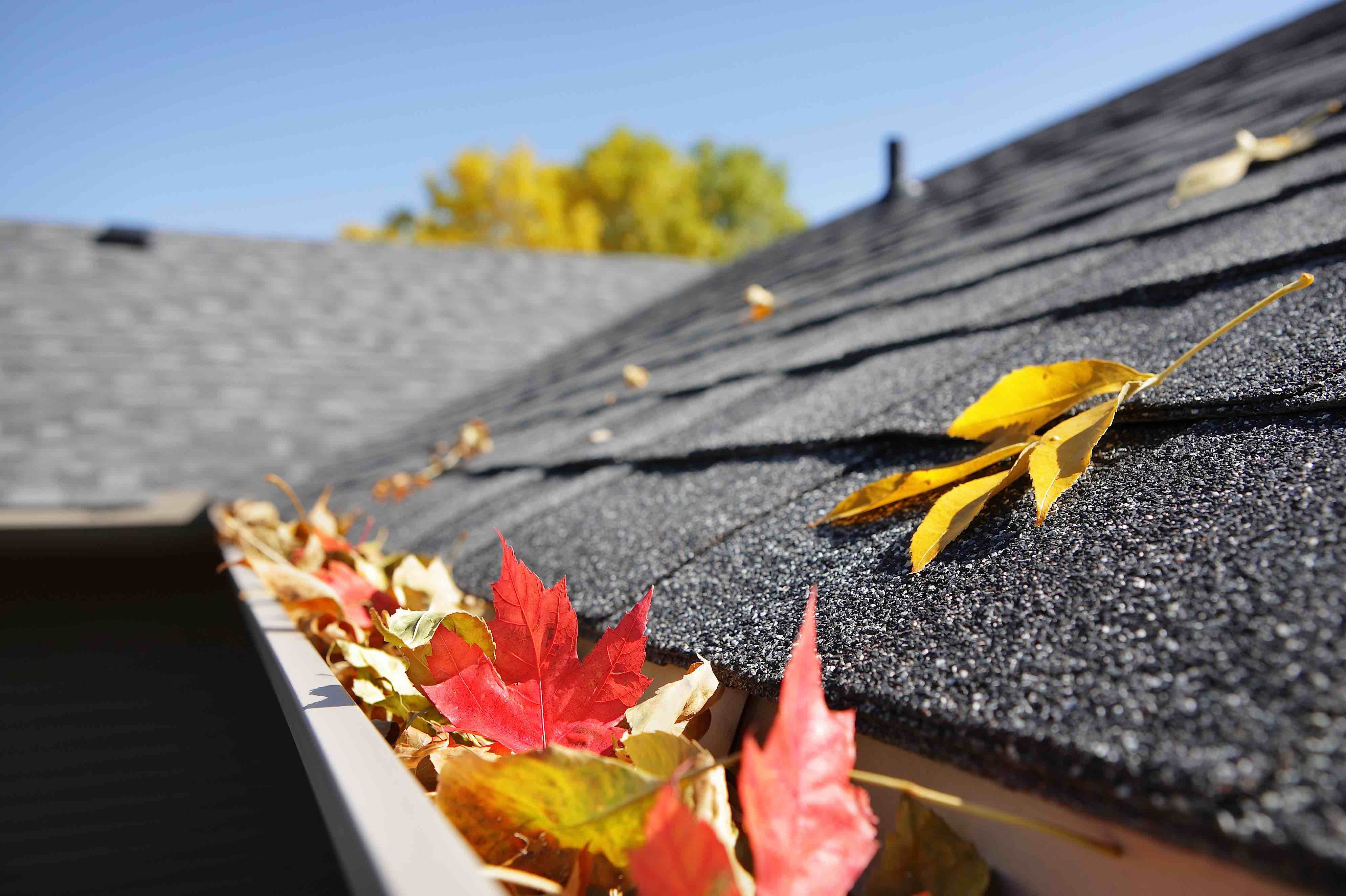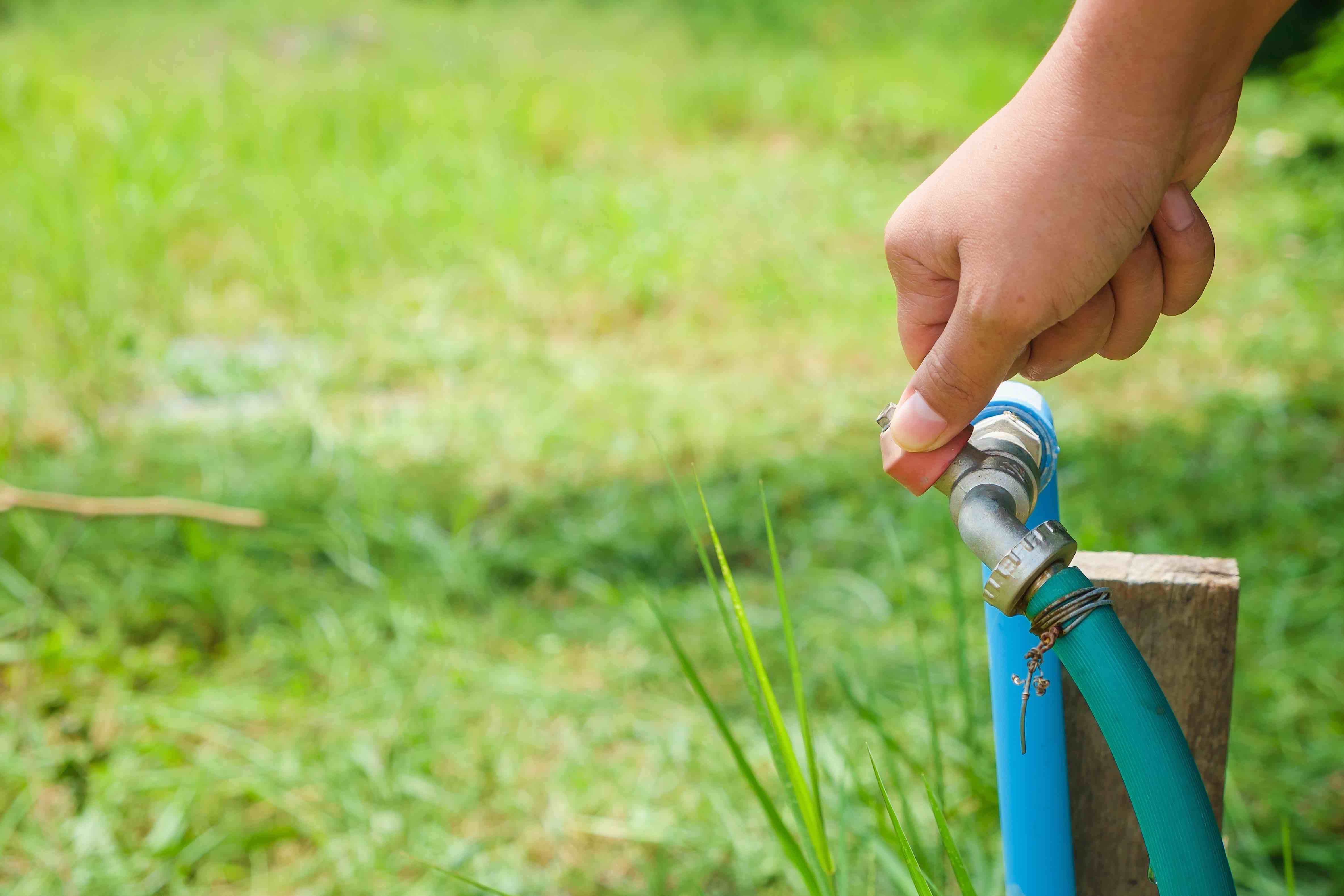There are no two ways around it: Winter is coming, and the appropriate steps must be taken to protect your real estate assets. Many homeowners across the country, for that matter, are already waking up to temperatures that boarder on freezing. Nonetheless, it is fall, which still leaves plenty of time for homeowners to protect their properties from damaging weather conditions.
Not to be underestimated, cold weather is one of the most destructive forces a home can withstand. The tremendous weight of snow on a roof can cause a collapse. Frozen pipes can burst. Even walkways can become dangerous once they have been covered in a layer of slippery ice. There are a number of threats that can result from a drop in temperatures. However, as long as you remain proactive, and stay ahead of the transition, threats can be mitigated.
Even though fall is just a few weeks old, it is never too early to prepare for winter. Just ask our partners over at CT Homes, who are currently prepping their homes for the coming changes in weather. Before the cold and snow cause issues with your properties, there are some things you should do to winterize your homes:
1. HVAC Unit Maintenance
For about the price of a tank of gas, you can have a certified technician evaluate the state of your HVAC unit. Their expertise is capable of making sure the entire unit is safe and in good standing. To that end, their job is to make sure the unit achieves its manufacturer-rated efficiency. Conducting routine maintenance on your HVAC unit this fall will all but guarantee it is in working order come the coldest day of the year. Neither you nor your tenants will have to go a prolonged period of time without heat if you just take a minute to evaluate the condition of your HVAC unit today.
2. Reverse Your Ceiling Fans
It is no secret: heat rises. However, this particular type of heat exchange can make it incredibly difficult to efficiently heat a home. Fortunately, there is a rather simple solution. Homes with ceiling fans that have a reverse function can produce an updraft that transfers the heated air accumulating at the roof down throughout the living space. This trick is especially useful in exceedingly tall rooms, and could even save you money on your heating bill.
3. Ice Dam Prevention
Was your home subjected to the formation of one too many icicles last winter? Even worse, did the buildup of ice cause melt-water to back up and flow into your house and destroy any chance your property utilizes the latest fall curb appeal trends. Otherwise known as an ice damn, scrupulously placed blocks of ice – perhaps in your rain gutters – can force water back onto your roof, and even into your home. Now is the time to prevent damage from happening again, or altogether.
With the help of a home-energy auditor or weatherization contractor, homeowners can identify and fix problem areas. Air leaks and inadequate insulation in your home’s attic are the leading culprits for ice dam damage, but the proper diagnosis should prevent damage from occurring this upcoming winter.
4. Check The Roof
Roofing projects don’t have to be as costly as many anticipate. In fact, budgeting a small amount for roof maintenance, or even just patchwork, could be enough to get you through winter unscathed by problematic leaks. At the very least, you will want to check the condition of your roof. Since it is typically not something you see everyday, give it some attention, and at least determine if anything needs to be done. With any luck, it will already be in good enough condition to get you through winter, but noticing any problem areas could save you a lot of headaches later on. Look for damaged, loose or missing shingles that may leak during less than optimal weather, and fix them accordingly.
5. Properly Seal Windows & Doors
Properly sealing your home is a given, but most homeowners don’t realize how easy it is to do themselves. To that end, interiors receive most of their exposure to exterior elements from gaps around doors and windows. Be sure to seal any gap that fails to insulate properly. Silicone is best used for exterior jobs, as it is impervious to the elements, and shouldn’t shrink. As for doors, simply check the weather stripping lining the doorjamb. A good rule of thumb should be to replace existing weather stripping if light around the door is visible from inside of the home.
6. Clean The Rain Gutters
Often overlooked, particularly in areas without a lot of tree coverage or rainfall, gutters are incredibly important to maintain. The whole point of a rain gutter system is to divert excess water flow away from the house, and more importantly its foundation. However, neglecting to clean your gutters routinely can lead to severe problems. Water can back up against the house and damage roofing, siding and wood trim. In colder areas, improper gutter maintenance can lead to ice dams, and other severe problems. For as easy as the project can be, it is really in your best interest to clean your rain gutters this fall.
7. Turn Off Exterior Faucets:
This is perhaps the simplest task on the list, but important nonetheless. Subsequently, water in pipes can freeze when introduced to cold enough temperatures. The expansion of the frozen water is entirely capable of bursting any pipe, and causing a huge problem in winter. Don’t forget to disconnect all garden hoses and drain the water from all faucets. It even pays to drain your lawn irrigation system.







